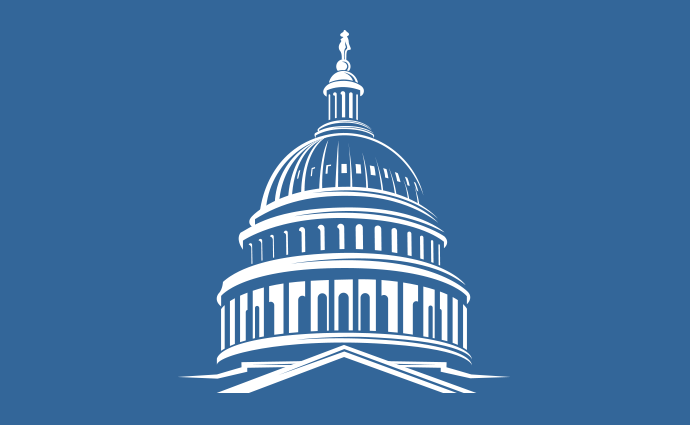President Trump Signs Bill to Expand Privatization of VA Healthcare
The new law expands the privatization of VA healthcare and build greater investment in community physician systems.

Source: Thinkstock
- President Trump signed the Veterans Affairs’ Mission Act into law midweek which will provide over $50 billion in federal investments to privatize a portion of the VA’s healthcare system and improve historical inefficiencies.
The VA Mission Act aims to develop a high-performance integrated care network by establishing a new community care program, improving physician payment processes, developing education resources for veterans seeking care, and setting patient safety guidelines for opioid prescriptions.
The bill quickly passed both chambers of Congress with bipartisan support last month. The House voted 347-70 in favor of the bill and the Senate voted 92-5, sending the bill to the White House.
Acting VA Secretary Peter O’Rourke issued a statement praising the actions of the President and lawmakers to pass the bill.
The law sets up a Veteran’s Community Care Program that provides new standards for delivering veterans’ care and allows the VA Secretary to furnish care for veterans from out-of-network providers as well as additional community providers. VA administrators will also have new authority to provide walk-in care for veterans and eliminate administrative burdens for veterans seeking immediate healthcare services.
A recent Government Accountability Office (GAO) report found that the VA Choice Program lacks the data needed coordinate community care for veterans. The report re-affirmed industry criticisms of the Choice Program’s ineffectiveness in providing out-of-network care for veterans, which the VA Mission Act aims to rapidly reform.
In addition, VA will increase information sharing with community providers and provide non-network providers with educational support to treat the unique healthcare needs of veteran patients.
Major provisions of the law also include technology infrastructure investments to streamline electronic payments, provide telemedicine care to veterans, and establish new access to care for veterans within rural communities.
The VA Mission Act falls in line with the VA’s organizational priorities related to health IT investments. Specifically, the VA expressed interest in working with third-party contractors to enhance payment IT and claims processing for community providers.
A sweeping reform of the VA system, that creates new care coordination and health IT improvements, could address some of the problems that have historically plagued the VA and veterans’ access to benefits.
In 2017, GAO found that veteran benefits enrollment and appeals processes are extremely inefficient, which caused veterans to wait months to receive initial health benefits and upwards of three years to complete benefit appeals.
The VA Mission Act could face some early gridlock as federal officials and lawmakers are expected to contend on the best way to finance the law.
Major news outlets including the Washington Post report that the President wants to cut funding from other programs to finance the $50 billion program. However, a Senate committee is expected to advance a separate measure for financing.
